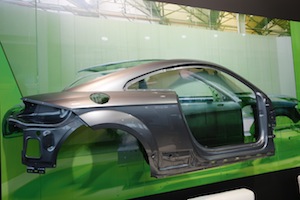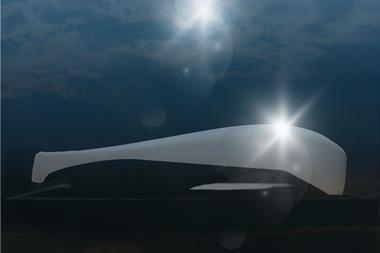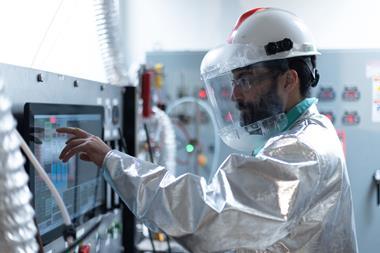 It would seem that OEMs are spoilt for choice when it comes to selecting the materials with which to build their vehicles. Steel still dominates, but aluminium is gaining ground and composites are now becoming a more realistic option in high-volume production. The competition between the different material suppliers is hotting up and this is really driving innovation in not only the development of new material grades, but also in the forming and joining process technology.
It would seem that OEMs are spoilt for choice when it comes to selecting the materials with which to build their vehicles. Steel still dominates, but aluminium is gaining ground and composites are now becoming a more realistic option in high-volume production. The competition between the different material suppliers is hotting up and this is really driving innovation in not only the development of new material grades, but also in the forming and joining process technology.
As you delve deeper into this topic, it becomes clear that steel isn’t just steel, nor is aluminium just aluminium. The materials feature in our July-August issue reveals the extent of development by the steel suppliers and how it is possible to tailor grades and structures to specific applications. Although this issue’s materials feature focuses on steel, we couldn’t resist the opportunity to talk to Lionel Chapis, Constellium’s managing director of Automotive Structures, to get the aluminium side of the story. And this also reveals a great deal of development to create the ideal performance, weight and formability characteristics for automotive applications.
These developments in turn are changing the way vehicle structures are being designed and constructed; the case in point being the door ring on Honda’s 2014 Acura MDX SUV. The innovations continue in the development of forming and joining processes to make best use of these new materials, something that has been one of the key constraints for OEMs. As these processes advance, it opens up the opportunity to use a mix of materials in a single body structure and in high-volume production.
These not-so-simple pieces of metal are an important part of an exciting wave of new developments. So can we look forward to a new generation of BIWs? No doubt there will be some interesting developments in this area, but just as certainly, cost will be a limiting factor as vehicle-makers look to increase profitability as well as volumes; the economics need to catch-up with the technology.






































